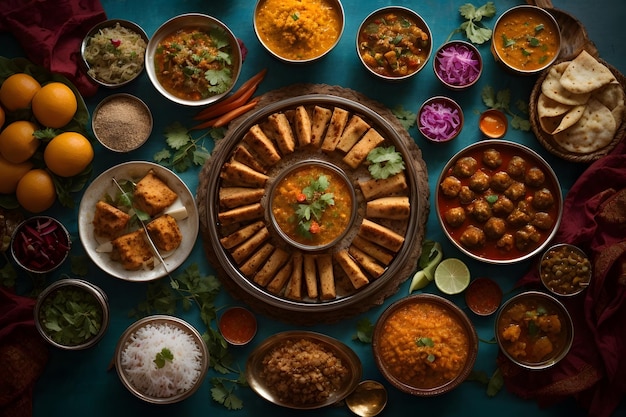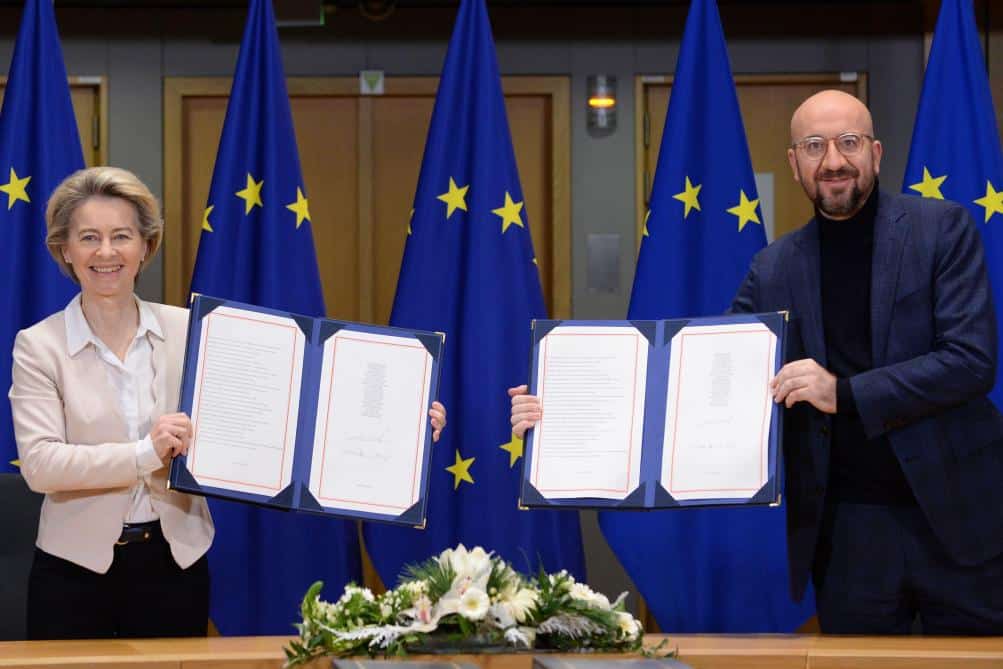India-Myanmar Food Festival: A Celebration Of Shared Culinary Heritage

Table of Contents
A Taste of India's Influence on Myanmar Cuisine
The culinary landscape of Myanmar bears the indelible mark of its historical ties with India. Centuries of trade, migration, and colonial influence have resulted in a fascinating fusion of flavors, with Indian spices and cooking techniques weaving seamlessly into Burmese culinary traditions. This culinary exchange is not simply a historical footnote; it's a vibrant reality reflected in many beloved Burmese dishes.
- Indian spices' prominent role: The vibrant colors and complex flavors of Burmese curries often owe their depth to the generous use of Indian spices like turmeric, cumin, coriander, chili, and mustard seeds. These spices, integral to Indian cooking, have become essential components in countless Myanmar dishes.
- The legacy of trade and migration: The ancient trade routes connecting India and Myanmar facilitated the exchange of not only goods but also culinary knowledge and techniques. The migration of Indian communities to Myanmar further enriched the culinary landscape, introducing new ingredients and recipes.
- Examples of Indian influence: Observe how dishes like Mohinga, Myanmar's national dish, often feature subtle yet distinct variations incorporating Indian spices, showcasing the subtle blending of culinary traditions. Other dishes subtly reflect this influence through the use of ingredients commonly found in both Indian and Burmese kitchens.
Exploring the Unique Flavors of Myanmar's Culinary Landscape
While Indian influences are undeniable, Myanmar's culinary landscape boasts a unique and vibrant character all its own. Beyond the subtle echoes of India, you'll discover a world of distinctive flavors, textures, and cooking methods.
- Signature dishes: Prepare your palate for an unforgettable experience with dishes like Tea Leaf Salad (Lahpet Thoke), a unique salad featuring fermented tea leaves, nuts, and spices; Ohno Khauk Swe, a rich coconut milk noodle soup; and various flavorful curries showcasing the country's diverse regional tastes.
- Unique cooking techniques: The use of coconut oil is prevalent, lending a distinct richness to many dishes. Fermentation plays a significant role, adding depth and complexity to ingredients like tea leaves and fish, creating unique flavor profiles.
- Regional variations: Myanmar's diverse geography and ethnic groups contribute to a fascinating array of regional variations in cuisine. From the coastal regions to the mountainous areas, each area offers its own unique culinary specialties.
The India-Myanmar Food Festival: An Immersive Cultural Experience
The India-Myanmar Food Festival is more than just a food event; it's an immersive cultural experience. It's a chance to not only taste the best of both culinary traditions but also to witness the vibrant cultures that created them.
- Food stalls and vendors: Expect a lively atmosphere filled with a diverse array of food stalls offering an extensive selection of Indian and Burmese dishes, from street food favorites to more refined culinary creations.
- Cultural performances and demonstrations: Immerse yourself in the rich cultural tapestry of both countries with captivating performances and cooking demonstrations showcasing traditional techniques and recipes.
- Interactive elements: Participate in interactive workshops and cooking classes, allowing you to learn the secrets behind some of the most popular dishes and take home some culinary skills.
Beyond the Food: Celebrating Shared Cultural Heritage
The India-Myanmar Food Festival transcends the simple enjoyment of food; it is a celebration of shared history, cultural exchange, and heritage preservation. It fosters mutual understanding and appreciation between the two nations, promoting tourism and cultural diplomacy.
- Preserving culinary traditions: The festival plays a crucial role in preserving and promoting the rich culinary traditions of both India and Myanmar for future generations.
- Promoting tourism and cultural exchange: By showcasing the unique flavors and cultures, the festival encourages tourism and fosters greater understanding between the two countries.
- Initiatives for cultural understanding: The event provides a platform for collaboration and the exchange of ideas, contributing to a deeper appreciation of the shared cultural heritage.
Conclusion
The India-Myanmar Food Festival is a captivating journey through the intertwined culinary histories of India and Myanmar. This vibrant event showcases the remarkable fusion of flavors and traditions, demonstrating the delicious outcomes of cultural exchange. From the subtle Indian spice notes in Burmese dishes to the unique flavors of Myanmar's signature cuisine, the festival offers a truly unforgettable experience for food lovers and culture enthusiasts alike. Don't miss the India-Myanmar Food Festival! Experience the vibrant flavors of the India-Myanmar culinary heritage and immerse yourself in a rich cultural exchange. [Insert dates, location, and ticketing information here].

Featured Posts
-
 Jay Idzes Main Penuh Venezia Imbangi Atalanta Kabar Baik Timnas Indonesia
May 13, 2025
Jay Idzes Main Penuh Venezia Imbangi Atalanta Kabar Baik Timnas Indonesia
May 13, 2025 -
 Prediksi Akurat Ac Milan Vs Atalanta Statistik Head To Head Dan Susunan Pemain
May 13, 2025
Prediksi Akurat Ac Milan Vs Atalanta Statistik Head To Head Dan Susunan Pemain
May 13, 2025 -
 Gibraltar Et L Ue Progres Significatifs Sur Un Accord Post Brexit
May 13, 2025
Gibraltar Et L Ue Progres Significatifs Sur Un Accord Post Brexit
May 13, 2025 -
 Mlb Home Run Prop Bets Today April 26th Tucker And More
May 13, 2025
Mlb Home Run Prop Bets Today April 26th Tucker And More
May 13, 2025 -
 Gibraltar Highlights At Sidoti Small Cap Investor Conference
May 13, 2025
Gibraltar Highlights At Sidoti Small Cap Investor Conference
May 13, 2025
